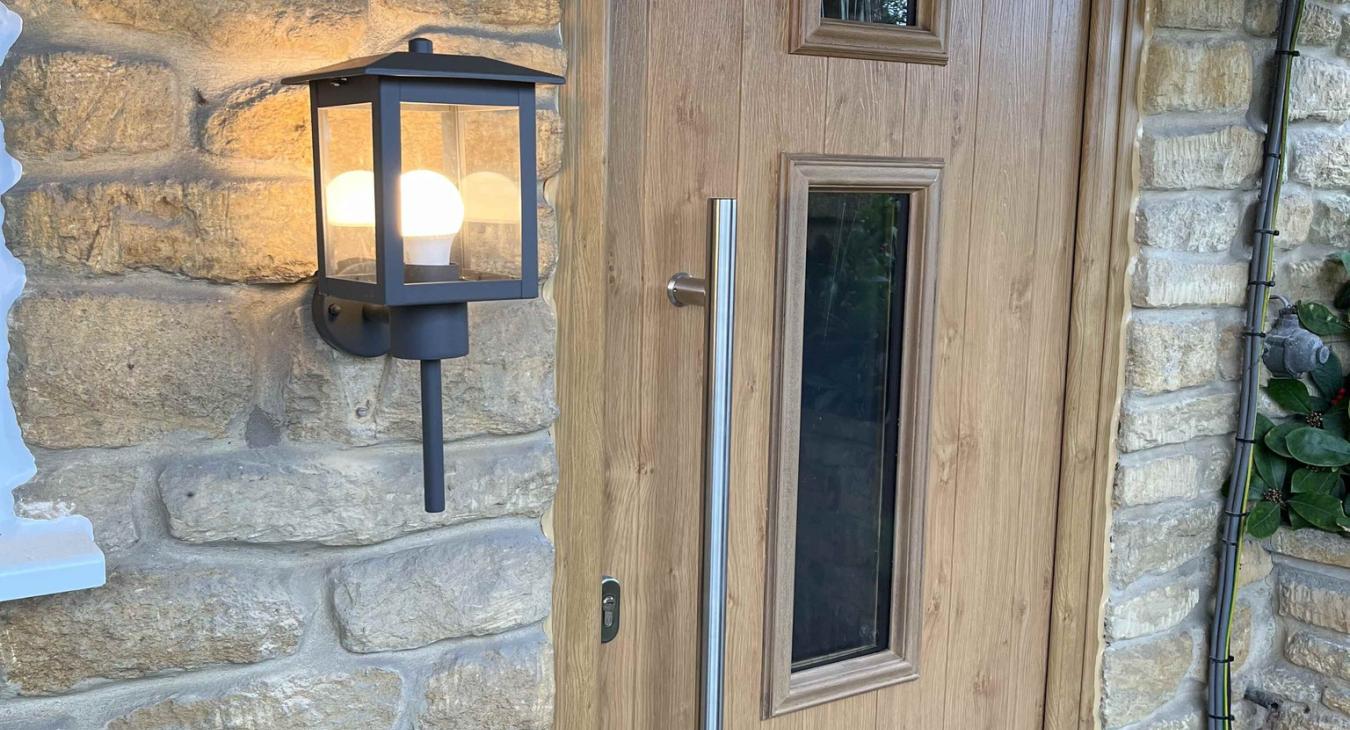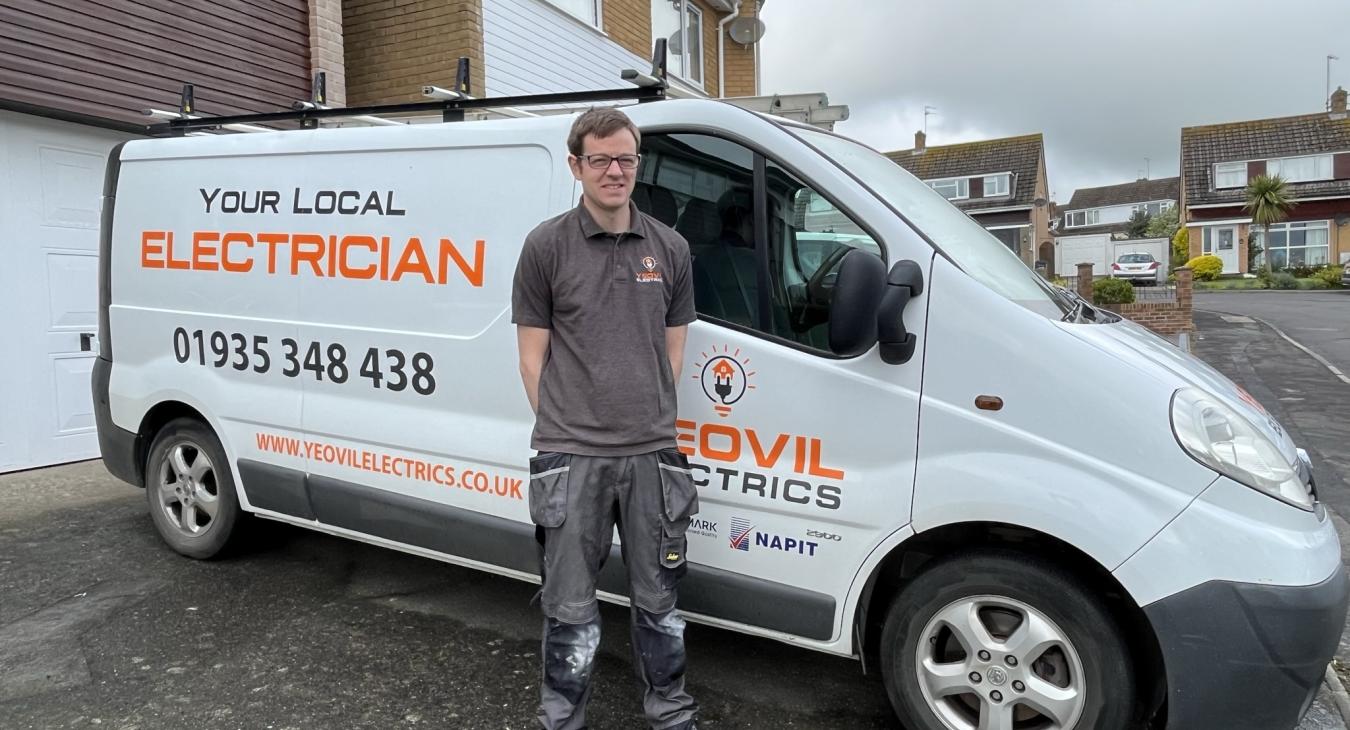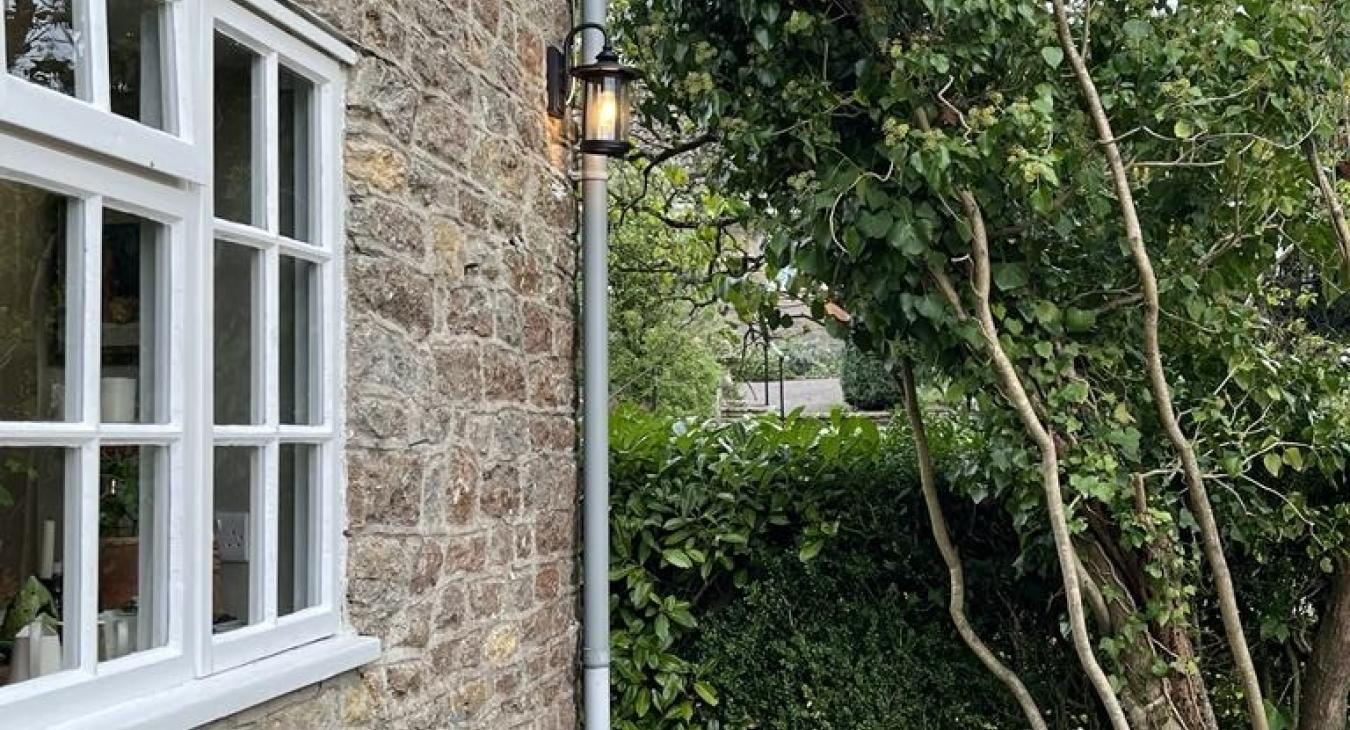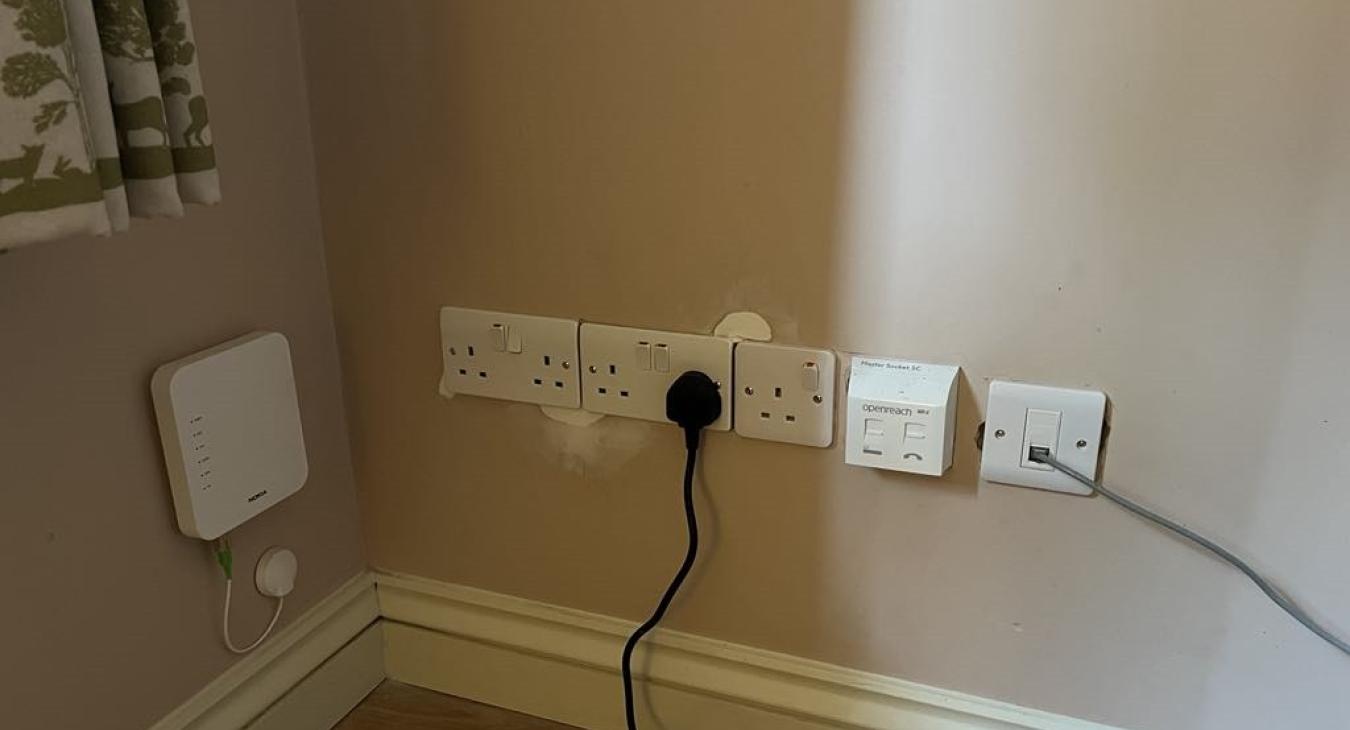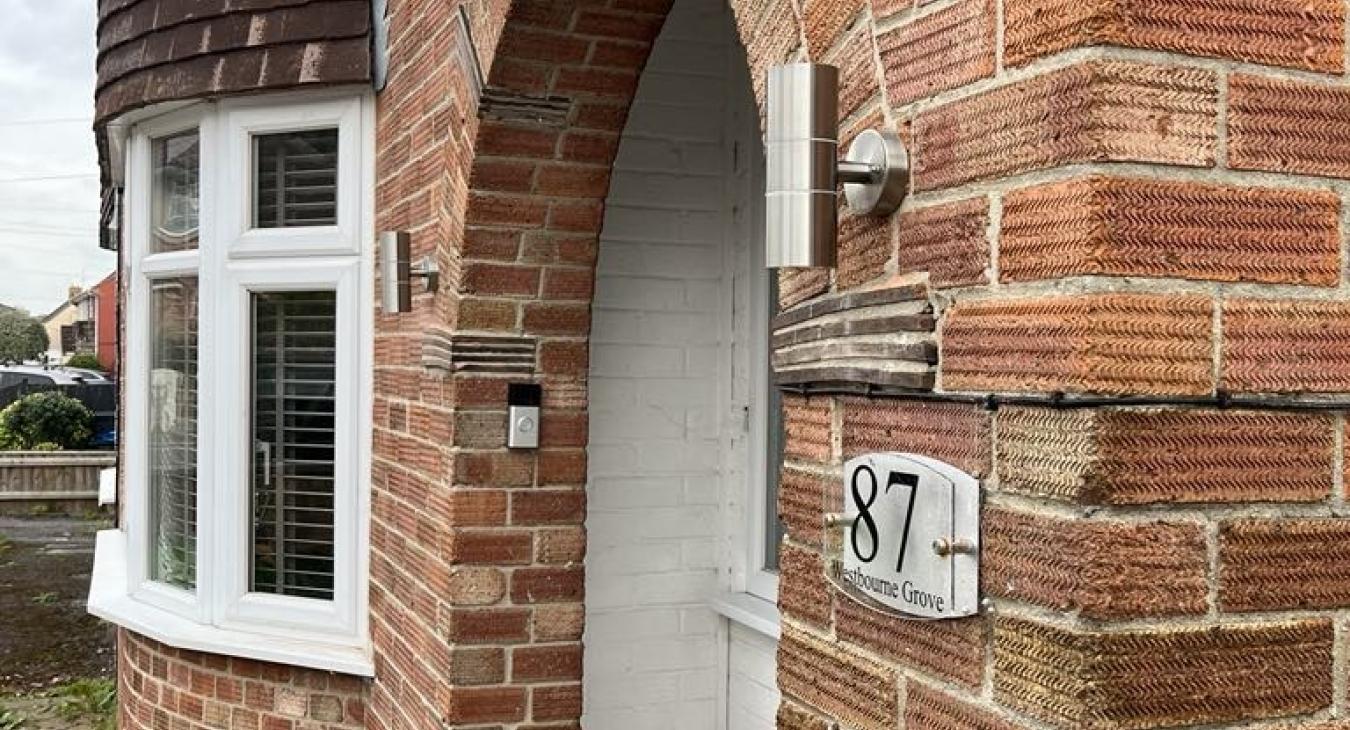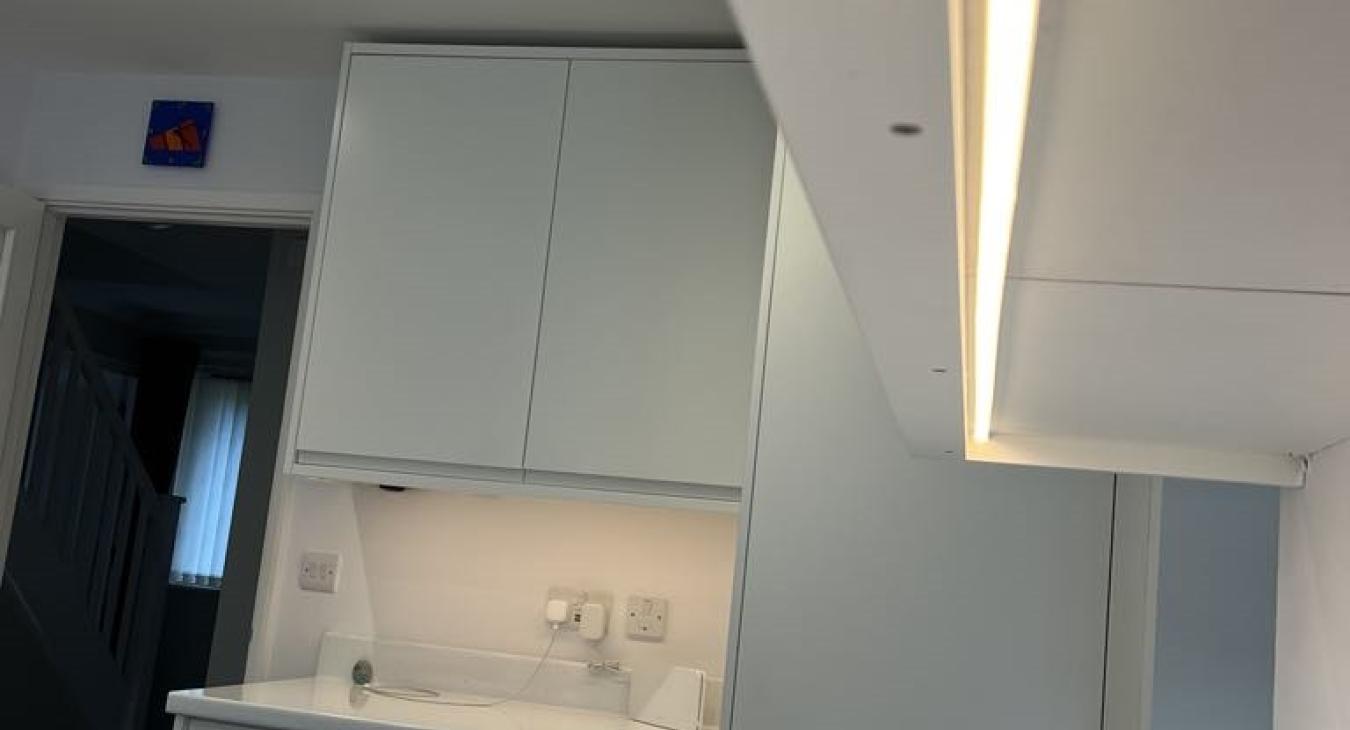Ben and his staff are very friendly and helpful.
We cannot see electricity, yet we are surrounded by it.
Cables are usually hidden inside our walls, and consumer units (fuse Boards) are often hidden in cupboards, or put out of the way under the stairs or in our basements, so it is not surprising that we forget to check the condition of our electrical installation for damage or wear and tear. Faulty and old wiring as well as poorly carried out DIY are among some of the main causes of electrical fires in the home. You can reduce the risk of a fire by checking the condition of your cables, switches, sockets and other accessories regularly.
EICR Electrician in Yeovil
If you ever find yourself on google searching for an 'Electrician near me' or 'EICR electrician in Yeovil' always make sure they are fully qualified and have several accreditation's, like us here at Yeovil Electrics. All electrical installations deteriorate with age and use. They should therefore be inspected and tested at regular intervals to check whether they are in a satisfactory condition for continued use. Such safety checks were commonly referred to as 'periodic inspection and testing', these days you will hear them being referred to as EICR’s (Electrical Installation Condition Report).
The IEE and other safety organisations recommend your electrics should be inspected and tested every:
- 10 years for an owner-occupied home.
- 5 years for a rented home.
- 3 years for a caravan
- 1 year for a swimming pool.
Other times when a periodic inspection should be carried out are:
- When a property is being prepared for letting.
- Before selling a property or buying a previously-occupied property.
A periodic inspection will:
- Reveal if any of your electrical circuits or equipment are overloaded.
- Find any potential electric shock risks and fire hazards.
- Identify any defective electrical work.
- Highlight any lack of earthing or bonding.
Tests are also carried out on wiring and fixed electrical equipment to check that they are safe.
How do I know how old my electrical installation is?
Clear signs that can help you tell the age of equipment in the electrical installation in your home include:
- Fixed cables coated in black rubber (stopped being used in the 1960's).
- Fixed cables coated in lead or fabric (used before the 1960's).
- A fuse box with a wooden back, cast iron switches, or a mixture of fuse boxes (used before the 1960's).
- Older round pin sockets (or light switches), braided flex hanging from ceiling roses, brown (or black) switches, or sockets mounted in or on skirting boards (used before the 1960's).
- Light switches on the walls in bathrooms (used before the 1960's).
However old your electrical installation is, it may get damaged and will suffer from wear and tear. So you should get an electrician to check its condition at least every 10 years or when you move into a new property.
What is the aim of a condition report?
The five main aims of a condition report are:
- Record the results of the inspection and testing to make sure the electrical installation is safe to be used until the next inspection (following any work needed to make it safe).
- Find any damage and wear and tear that might affect safety, and report it.
- Find any parts of the electrical installation that do not meet the IEE Wiring Regulations.
- Help find anything that may cause electric shocks and high temperatures.
- Provide and important record of the installation at the time of the inspection, and for inspection testing in the future.
Types of condition report
In general, there are two types of domestic electrical installation condition report:
Visual condition report - This does not include testing and is only suitable if the installation has been testing recently.
Periodic inspection reports - This is what we would normally recommend, as it tests the installation and would find any hidden damage.
Who should produce your condition report?
Periodic inspection and testing should be carried out only by electrically competent persons, such as registered electricians. They will check the condition of the electrics against the UK standard for the safety of electrical installations, BS 7671 – Requirements for Electrical Installations (IEE Wiring Regulations).
The inspection takes into account all the relevant circumstances and checks on:
- The adequacy of earthing and bonding.
- The suitability of the switchgear and control gear. For example, an old fuse-box with a wooden back, cast-iron switches, or a mixture of both will need replacing.
- The serviceability of switches, sockets and lighting fittings. Items that may need replacing include: older round-pin sockets, round light switches, cables with fabric coating hanging from ceiling roses to light fittings, black switches and sockets mounted in skirting boards.
- The type of wiring system and its condition. For example, as previously mentioned, cables coated in black rubber were phased out in the 1960s. Likewise cables coated in lead or fabric are even older and may well need replacing (modern cables use longer-lasting PVC insulation).
- Sockets that may require protection by a suitable residual current device (RCD).
- The presence of adequate identification and notices.
- The extent of any wear and tear, damage or other deterioration.
- Any changes in the use of the premises that have led to, or may lead to, unsafe conditions.
What happens after the inspection?
The competent person will then issue an Electrical Installation Condition Report detailing any observed damage, deterioration, defects, dangerous conditions and any non-compliances with the present-day safety standard that might give rise to danger. If anything dangerous or potentially dangerous is found, the overall condition of the electrical installation will be declared to be 'unsatisfactory', meaning that remedial action is required without delay to remove the risks to those in the premises. Your Electrician will not normally carry out remedial works at the time of the inspection unless they are relatively minor. Most Electricians will provide a quote for remedial along with the final report.
For more inforamtion regarding EICR's contact Yeovil Electrics - Your Local, Trusted & Reliable Electrician in Yeovil.






